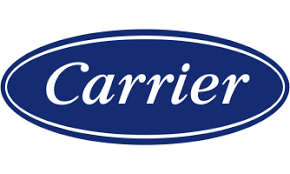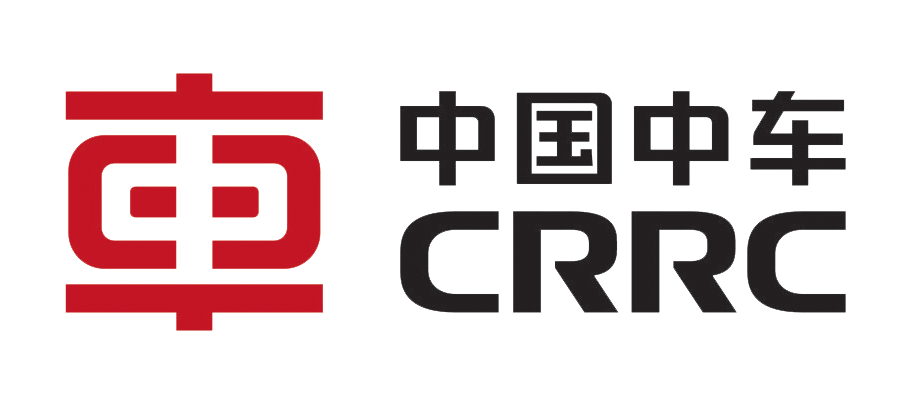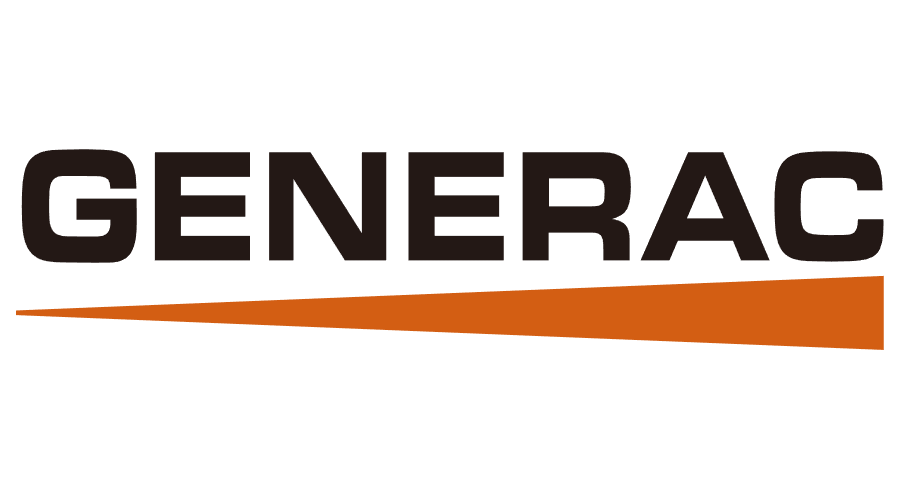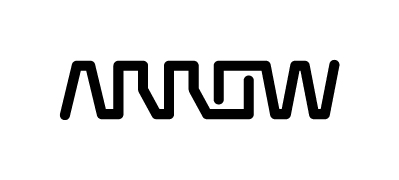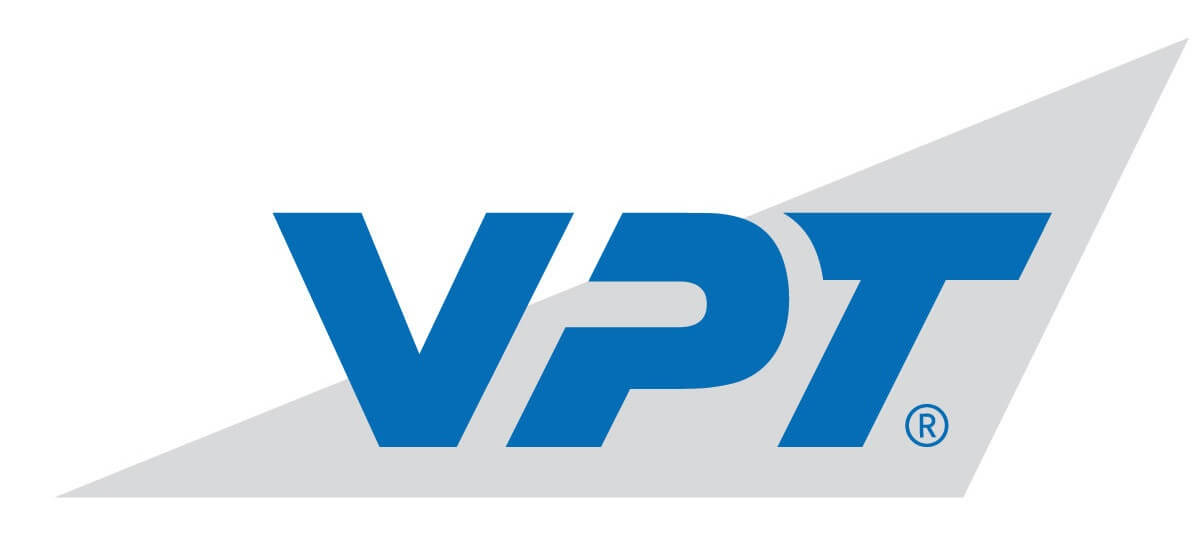RESEARCH
Application Areas
RENEWABLE ENERGY SYSTEMS

Building upon long-time research experience in space power systems (including solar/photovoltaic sources, battery charger/discharger, and dc distribution), CPES has a strong research program in renewable energy systems. This research focuses on three major areas:
- Sources — dedicated converters for interfacing renewable sources (photovoltaic, wind, battery, etc.) to the power distribution system
- Smart and energy-efficient appliances
- Innovative power distribution systems and microgrid
Sustainable Building Initiative
The agship research project in this area has been the sustainable building initiative (SBI). CPES is developing a dc-based renewable energy system as a testbed for future sustainable home electric power systems. The testbed contains various energy sources, including a 3.5 kW turbine generator, 5 kW PV solar panels, a lithium-ion battery bank for energy storage, and a plug-in hybrid car with bidirectional energy ow. The electrical system has two dc buses: a high-voltage dc bus and a low-voltage dc bus. The high-voltage bus is operated at ~380 V, powering HVAC, simulated kitchen loads, and other major appliances. The low-voltage bus is chosen to be at 48V to coincide with the standard telecom voltage, powering computer loads and LED lighting. The whole system is connected to the utility grid via a bidirectional dc-ac converter.
Nanogrid
Homes that rely on renewable energy may also function as nanogrids. The interconnection between the home and the electric grid can be designed so that the home can operate both as a connection on the grid and as an island on an independent electrical system, managing internal sources and loads. In the independent case, energy storage becomes a critical component. Nanogrids can be further extended from single house systems to multiple homes, buildings, data centers, and neighborhoods.
Alternative energy systems will add complexity to the electrical power system with the coupled dynamics between thousands of distributed actively-controlled generation, storage, and consumption units. This "complexity curse" could be managed by using a single power-electronics-based load/source interface for each nanogrid. Each nanogrid could then be dynamically independent of the grid, but dispatchable by the utility operator.
Over the past few years, the agship research program in this area has been the
SUSTAINABLE BUILDING INITIATIVE (SBI).








